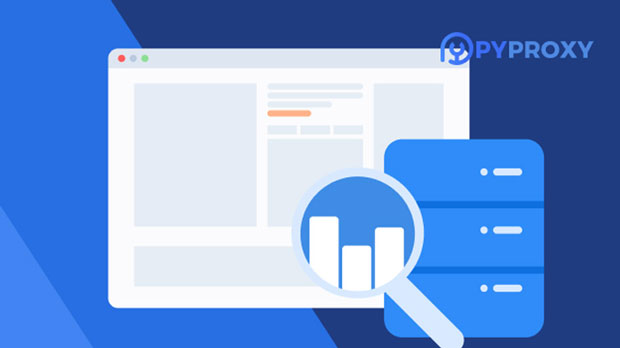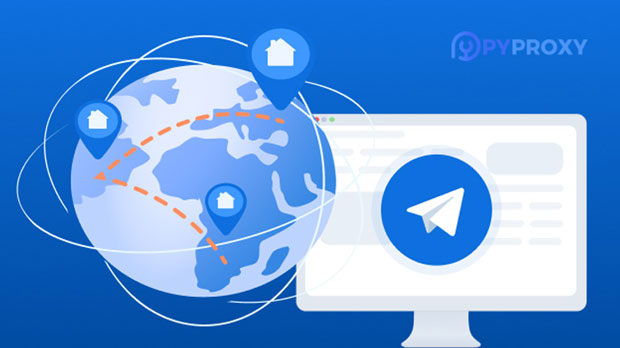Through which channels can I get new free Socks5 proxies on a regular basis?
In today’s digital age, the need for privacy, security, and anonymity on the internet has led many users to seek reliable proxies. Among the different types of proxies available, SOCKS5 is favored for its versatility and security. For those who prefer to use free proxies, the challenge lies in consistently finding new and reliable socks5 proxies that meet their needs. While paid services tend to offer more stability and support, there are several effective channels to regularly obtain free SOCKS5 proxies. This article will explore these channels, breaking down how to find them, how to evaluate their reliability, and how to use them safely. Understanding SOCKS5 Proxies and Their ImportanceBefore delving into the various channels for obtaining free SOCKS5 proxies, it is essential to first understand what SOCKS5 proxies are and why they are a popular choice for internet users. SOCKS5, a protocol that allows clients to route their internet traffic through a proxy server, provides anonymity and is compatible with various types of internet protocols, including HTTP, FTP, and others. It does not modify data in any way, making it ideal for users who require an unaltered and secure connection.The main advantage of SOCKS5 proxies over other types, such as HTTP proxies, is that they work on a lower level of the network stack, allowing for more comprehensive control and flexibility. This makes SOCKS5 suitable for a variety of tasks, including web scraping, bypassing geographic restrictions, and enhancing security during online activities.Channels to Obtain Free SOCKS5 Proxies RegularlyNow that we understand the value of SOCKS5 proxies, let’s examine the primary channels through which users can regularly access free SOCKS5 proxies.1. Public Proxy ListsOne of the most common ways to find free SOCKS5 proxies is through public proxy lists. These lists are typically compiled and updated by online communities or websites dedicated to proxy sharing. They provide users with a wide variety of proxy IP addresses and port numbers, along with information about their status (active or inactive), country of origin, and whether they support SOCKS5.While these lists can be a valuable resource, it is important to note that the reliability of the proxies listed can vary significantly. Many proxies in public lists are used by a large number of people, which can lead to slow speeds, frequent disconnections, and poor overall performance. Additionally, security risks may arise from using proxies shared by a large number of users.2. Proxy Scraping ToolsFor those who want more control over the proxies they use, proxy scraping tools are a useful option. These tools are designed to search the internet for public proxies, including SOCKS5 proxies, and extract their details. Users can run these tools periodically to collect new proxies that are free to use. Scraping tools typically support automation, allowing users to gather updated lists on a regular basis.However, while scraping tools can be a great way to gather new proxies, they come with their own set of challenges. The quality and security of scraped proxies can vary, and users may need to perform additional testing or filtering to ensure that the proxies they collect are both reliable and secure.3. Proxy Forums and CommunitiesAnother channel for finding free SOCKS5 proxies is through online forums and communities dedicated to proxies and anonymity. These forums are often populated by individuals who share new proxy addresses as they discover them. Users can ask questions, share experiences, and exchange valuable information about obtaining and using SOCKS5 proxies. Some forums may even have sections specifically for listing free proxies that have been recently tested and confirmed to be working.These communities can provide valuable insights and tips on which proxies are the most reliable, and users can often find more niche or region-specific proxies that may not be available on public proxy lists. However, the quality of proxies shared in forums can be inconsistent, and some may be outdated or non-functional.4. Social Media and Telegram ChannelsIn recent years, social media platforms and messaging apps like Telegram have become popular channels for proxy sharing. There are numerous groups and channels on Telegram dedicated to sharing free proxies, including SOCKS5 proxies. These groups often update their lists in real-time, providing users with access to fresh proxies as soon as they become available.While these platforms can offer quick access to new proxies, they are not without risks. The proxies shared in these groups may be unreliable, and users should exercise caution to avoid malicious proxies that could compromise their security and privacy.5. Proxy Search EnginesSome specialized search engines exist specifically for finding proxies, including SOCKS5 proxies. These search engines are designed to crawl the web for available proxies, index them, and present them in a searchable format. Users can filter results based on protocol type, country, and proxy status, making it easier to find SOCKS5 proxies that meet specific requirements.Using proxy search engines can be an efficient way to locate free SOCKS5 proxies. However, it is important to remember that not all proxies found through these search engines will be secure or high-performing. Users should always verify the proxies they find through additional testing.Evaluating the Quality and Reliability of Free SOCKS5 ProxiesWhile there are many ways to find free SOCKS5 proxies, not all of them will be reliable or secure. To ensure that the proxies you use are suitable for your needs, it is essential to evaluate their quality. Here are some key factors to consider when assessing free SOCKS5 proxies:1. Speed and LatencyOne of the primary concerns when using free proxies is speed. Many public proxies can be slow due to heavy usage. Always test the speed and latency of a proxy before using it for critical tasks. Proxies with high latency or slow speeds can significantly impact your internet experience, particularly if you are performing tasks that require fast, consistent connections.2. SecuritySince free SOCKS5 proxies are often shared by many users, security can be a significant issue. Malicious users may exploit free proxies to intercept data or perform attacks. It is advisable to only use proxies that you trust, and avoid using proxies for sensitive activities such as banking or entering personal information.3. Anonymity and PrivacyAnother consideration is the level of anonymity the proxy provides. Some proxies may leak your real IP address, potentially compromising your privacy. To ensure maximum anonymity, test the proxy with online tools that check for IP leaks or DNS leaks.ConclusionFinding and using free SOCKS5 proxies can be a practical solution for many users looking to enhance their online privacy and security. By utilizing public proxy lists, scraping tools, proxy forums, social media channels, and proxy search engines, users can regularly obtain fresh SOCKS5 proxies. However, it is essential to be cautious and evaluate the proxies carefully to ensure they meet your needs in terms of speed, security, and reliability. Always perform due diligence before using any free proxy to minimize potential risks.
2025-01-06

























































